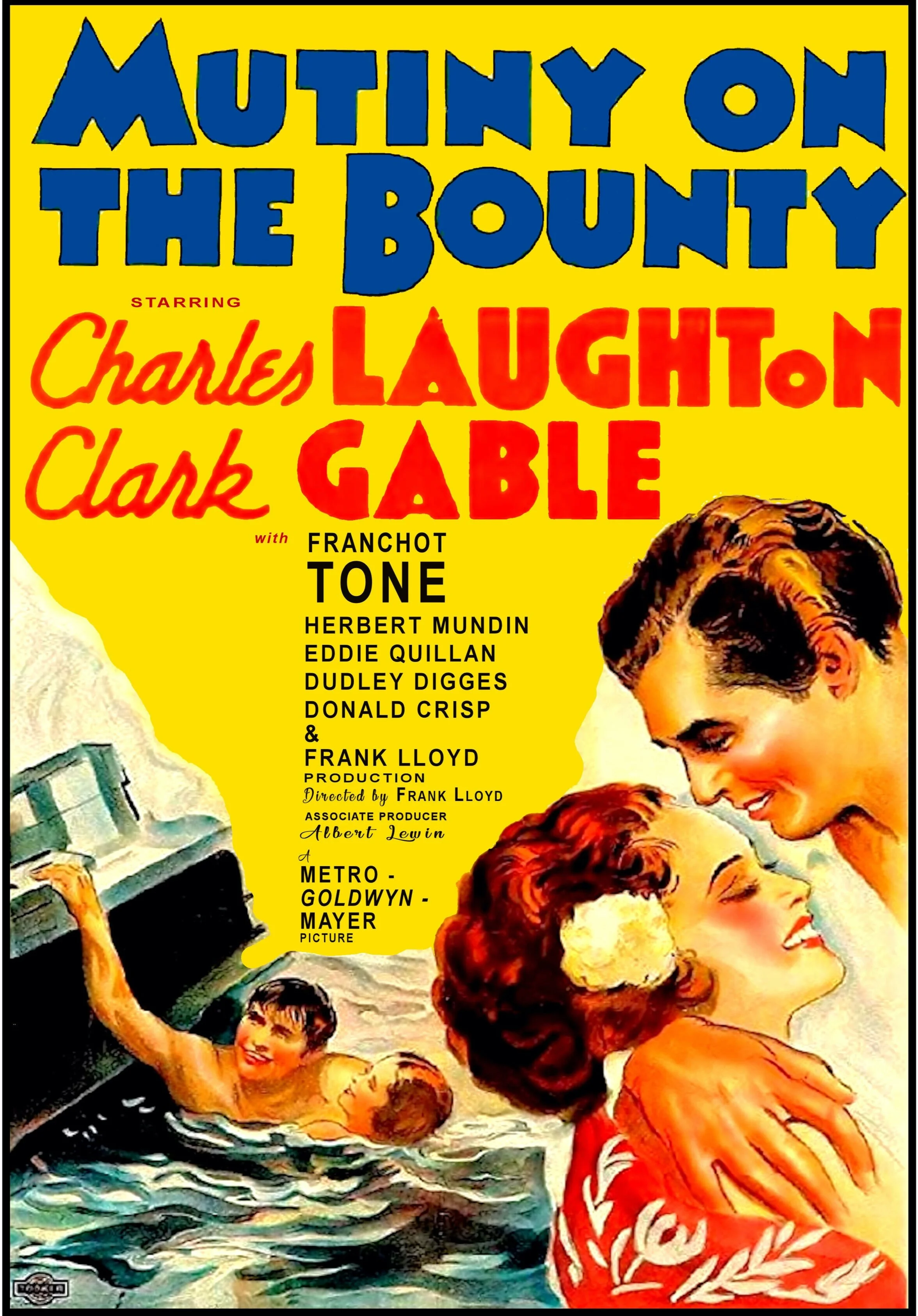The Great Ziegfeld (1936)
Written by William Anthony McGuire
Directed by Robert Z. Leonard
The ninth film to win Best Picture, The Great Ziegfeld, is the second on the list to be a musical, and I was very intrigued to see how the form had changed, if at all, from the previous Best Picture musical, The Broadway Melody, which had been released a mere seven years previously.
A group of Ziegfeld Girls
I’m glad to say that this film is leaps and bounds beyond its predecessor. Not that it’s perfect, by any means, but compared to the listless and dull Melody, Ziegfeld is a breath of fresh air; where Melody is a victim of both its story and its technology, Ziegfeld has both of those in spades.
I should mention here that the film is also the first biopic on the list, and its subject is immensely engaging. Like most biopics, the true story of Ziegfeld is lurking somewhere in the depths of the film, but as that’s still a practice of today’s biopics (I’m looking at you, Greatest Showman), I can’t fault it for that here. The success of the story that IS presented rests almost solely on William Powell’s superb performance as Ziegfeld. He is irresistibly charming, effortlessly sailing from idea to grander idea. He’s not perfect, by any means (which probably points to much darker aspects that the film shies away from), but Powell never really gives the audience a reason not to cheer for him.
Ziegfeld (William Powell) annoys Billings (Frank Morgan) once again
He’s bolstered by a healthy group of supporting characters, except these characters never quite get the depth of characterization that Ziegfeld gets. For example, Ziegfeld’s rival, Billings (played by the Wizard of Oz himself, Frank Morgan), constantly gets audiences and his women stolen from him by Ziegfeld (both professionally and personally), yet Billings continues to loan money to Ziegfeld for his next big idea. The reason for this is never explained, and their rivalry only comes up when it’s convenient; in fact, I thought the film was, at first, setting up a Hamilton/Burr type of relationship (from the musical, not the reality), but it never paid off. Billings just keeps giving out money, and not getting anything back.
Roy Bolger is STUNNING in this film
An interesting note about the cast is that there are a handful of people who play themselves in the film. Unfortunately, this isn’t as thrilling as it could be, because this isn’t the standard within the film. Many real-life people are portrayed by actors, and a few others, by themselves. For example, in another connection to The Wizard of Oz, Ray Bolger (The Scarecrow) plays himself, but Billie Burke (Glinda, and Ziegfeld’s widow) is played by Myrna Loy, a star in her own right. It starts to be confusing after a while: Is So-And-So ACTUALLY So-And-So, or are they Someone Else? That confusion probably wanes after the last 70 years, when modern audiences won’t know who most (if any) of the actors are, but I can imagine contemporary audiences being a little baffled. Before moving on, I want to touch again on Bolger, who needs to be praised for his dancing and acrobatic abilities; the film certainly shows that his performance as The Scarecrow was very much about letting Ray Bolger be Ray Bolger, but that shouldn’t take away from his remarkable abilities (watching him raise himself up from doing splits WITHOUT USING HIS HANDS was jaw-dropping).
LOOK AT THIS. LOOK AT THIS OPULENCE
I can’t write a review of this film and not touch on the opulent extravagance that permeates it. I criticized The Broadway Melody for its static shots and boring musical numbers. This film swings into the complete opposite direction, with huge numbers of performers, tons of costumes, and all the glitz and glamor that one can imagine when thinking of the heyday of the movie musical. It’s excessive, even by today’s standards, but for some reason, it still WORKS. It’s probably more of a nostalgia factor, but I was still enraptured by each big musical number, even if the music itself was forgettable.
The film isn’t perfect. There’s still some overacting (particularly from the one performance that won Best Actress that year), there’s some historically-accurate-but-still-massively-uncomfortable blackface (twice), and it’s long. VERY long. Clocking in at just BARELY under three hours, there does reach a point where the viewer is ready for the film to just get on with it, but then another jaw-dropping musical number appears and one momentarily forgets about its excessive running time.
Modern critics seem to think that the film doesn’t hold up, and that it’s an example of the Academy missing the forest for the trees (as has been a common complaint over certain Best Picture winners). I haven’t seen the other nine nominees for the 1936 awards, but I rather enjoyed this film. It’s a great example of the heyday of the great big Hollywood musical, with an excellent central performance. It misses some of its marks, but it’s a better picture than some of its companions on the Best Picture Winners list.
FINAL GRADE: B






